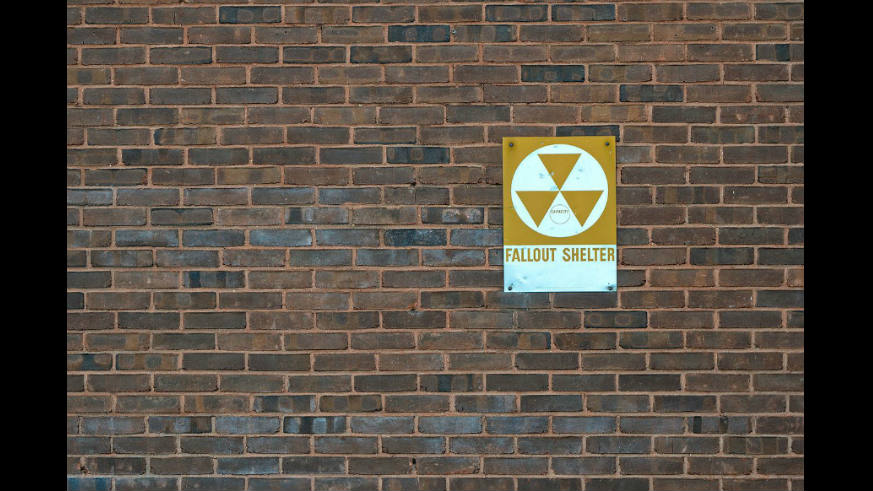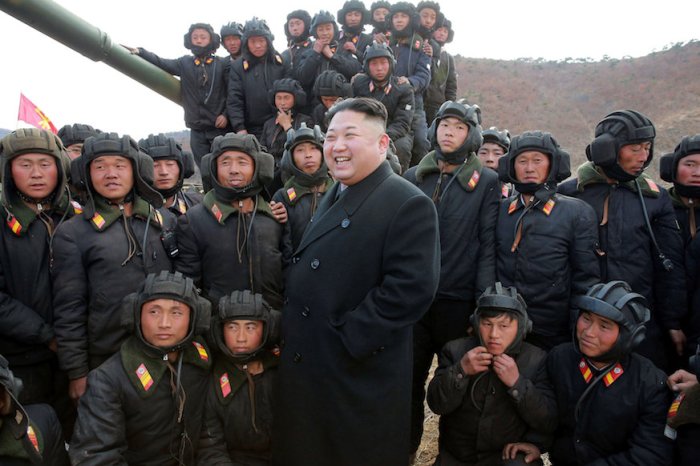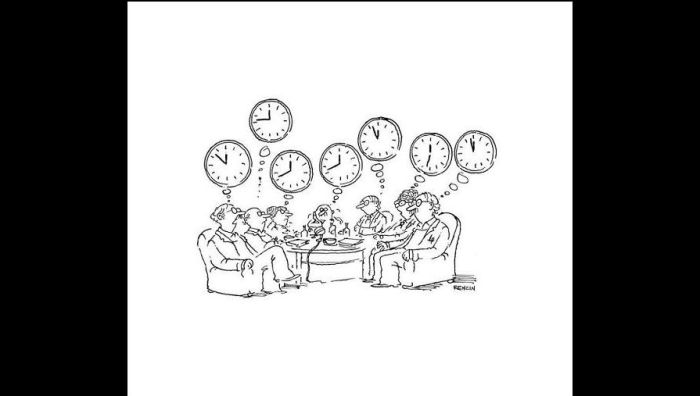During your elementary school days, you might have practiced what to do in case of a fire, hurricane or tornado, but what about a nuclear attack? While hiding under your desk might be what the nuns told you to do, there are some things you can do to protect yourself if there is an attack on New York City, including knowing where the city’s fallout shelters are.
Preparation for a nuclear attack was at its height during the Cold War, but it has been decades since the United States actually considered a nuclear missile a viable threat. Since the amped up rhetoric between President Donald Trump and North Korean leader Kim Jong-un, finding the little signs that designate buildings in the city as fallout shelters is the new Pokémon GO.
Only this isn’t a game.
Where are fallout shelters located in New York City?
During the Kennedy Administration, there were 18,000 fallout shelters across the five boroughs.
The concrete shelters were constructed to protect blast survivors from the radioactive fallout and were stocked with a few weeks’ worth of food and water. Today, many of the shelters are now used as storage or laundry rooms, ABC7 reported.
“In a nuclear situation, you are looking to either shelter in place for a long period of time to avoid fallout or having to evacuate quickly to avoid fallout,” Deputy Director of the National Center for Disaster Preparedness at Columbia University Jeff Schlegelmilch told ABC7.
Rather than evacuate, Schlegelmilch said plan ahead of time and have plenty of food and water in your home. Ready.gov has information on how to build an emergency kit and making a family disaster plan.
Ready.gov also provides guidelines of what you should do during a nuclear blast.
During a Nuclear Blast
– Listen for official information and follow the instructions provided by emergency response personnel.
– If an attack warning is issued, take cover as quickly as you can, below ground if possible, and stay there until instructed to do otherwise.
– Find the nearest building, preferably built of brick or concrete, and go inside to avoid any radioactive material outside.
– If better shelter, such as a multi-story building or basement can be reached within a few minutes, go there immediately.
– Go as far below ground as possible or in the center of a tall building.
– During the time with the highest radiation levels it is safest to stay inside, sheltered away from the radioactive material outside.
– Radiation levels are extremely dangerous after a nuclear detonation but the levels reduce rapidly.
– Expect to stay inside for at least 24 hours unless told otherwise by authorities.
– When evacuating is in your best interest, you will be instructed to do so. All available methods of communication will be used to provide news and/or instructions.
If you are caught outside and unable to get inside immediately:
– Do not look at the flash or fireball – it can blind you.
– Take cover behind anything that might offer protection.
– Lie flat on the ground and cover your head. If the explosion is some distance away, it could take 30 seconds or more for the blast wave to hit.
– Take shelter as soon as you can, even if you are many miles from ground zero where the attack occurred – radioactive fallout can be carried by the winds for hundreds of miles.
– If you were outside during or after the blast, get clean as soon as possible, to remove radioactive material that may have settled on your body.
– Remove your clothing to keep radioactive material from spreading. Removing the outer layer of clothing can remove up to 90 percent of radioactive material.
– If practical, place your contaminated clothing in a plastic bag and seal or tie the bag. Place the bag as far away as possible from humans and animals so that the radiation it gives off does not affect others.
– When possible, take a shower with lots of soap and water to help remove radioactive contamination. Do not scrub or scratch the skin.
– Wash your hair with shampoo or soap and water. Do not use conditioner in your hair because it will bind radioactive material to your hair, keeping it from rinsing out easily.
– Gently blow your nose and wipe your eyelids and eyelashes with a clean wet cloth. Gently wipe your ears.
– If you cannot shower, use a wipe or clean wet cloth to wipe your skin that was not covered by clothing.


















